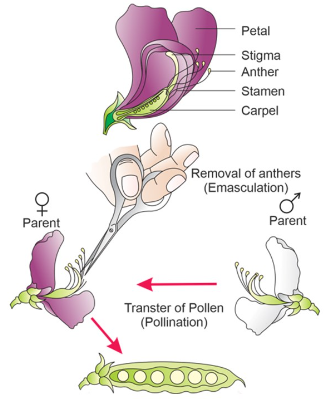Čvc . 27, 2024 08:58 Back to list
The Ultimate Guide to Effective Mango Bagging Techniques for Maximum Fruit Quality and Yield
The Best Mango Bagging Techniques for Optimal Fruit Quality
Mangoes, known as the king of fruits, are cherished for their sweet and succulent taste. Growing mangoes often presents challenges, specifically regarding pests and diseases that can severely affect fruit quality and yield. One of the most effective methods to safeguard mangoes during their developmental stages is bagging, a technique that provides benefits ranging from improved fruit quality to reduced pest infestation. This article explores the best practices for mango bagging to ensure the production of high-quality mangoes.
Why Bagging?
The primary purpose of bagging mangoes is to protect the fruit from various external threats. By covering mangoes with suitable bags, growers can shield them from pests like fruit flies and insects that may lay eggs on the fruit's surface. Additionally, bagging helps to minimize the risk of fungal infections caused by excessive humidity and rain, which can lead to post-harvest spoilage.
Moreover, bagging can enhance the appearance and taste of mangoes. By shielding the fruit from direct sunlight, bagging can prevent sunburn, ensuring that the mangoes maintain their vibrant color and flavor. Furthermore, bags can help to regulate temperature and humidity for the developing fruit, resulting in better taste profiles and higher sugar content.
Choosing the Right Bags
Selecting the appropriate bag is crucial to the success of the bagging process. Various materials can be used, including paper bags, cloth bags, and plastic bags. Each has its advantages and disadvantages.
- Paper Bags These are highly popular due to their breathability and ability to reduce humidity. They allow moisture to escape, preventing fungal growth. Moreover, paper bags often have a lightweight design that won’t damage the fruit.
- Cloth Bags Similar to paper, cloth bags provide excellent ventilation and are reusable, making them an eco-friendly option. They are particularly beneficial in areas where pests are prevalent.
- Plastic Bags Although they provide complete protection, they often trap moisture, leading to increased humidity levels inside the bag. As such, it’s essential to monitor these bags closely to avoid fungal development.
best mango bagging

Optimal Timing and Technique
The timing of bagging is critical. It is recommended to bag mangoes when they are about the size of a golf ball. This is typically around six to eight weeks before harvest. Properly timed bagging helps to ensure the fruit is protected at all vulnerable stages of development.
To bag mangoes effectively, follow these steps
1. Prepare the Plant Ensure the fruiting plant is healthy and well-maintained. Remove any dead leaves or debris from around the base.
2. Select a Suitable Bag Choose a breathable material suitable for the climate in your area. Consider factors such as expected rainfall and pest density.
3. Place the Bag Carefully Gently secure the bag around the fruit—make sure it fits snugly without crushing it. Use ties or tape to keep the bags in place while allowing for airflow.
4. Monitor Regularly Check the bags periodically to ensure there’s no excessive heat or moisture buildup. Replace any damaged bags immediately.
5. Harvest with Care When the mangoes are ripe and ready for harvest, carefully remove the bags to prevent bruising or damaging the fruit.
Conclusion
Bagging mangoes is a simple yet highly effective method to enhance fruit quality and mitigate potential problems during cultivation. By selecting the right materials, timing the process correctly, and monitoring the bags diligently, growers can enjoy sweet, succulent mangoes that are visually appealing and delicious. With proper bagging techniques, mango cultivation can be a rewarding endeavor, leading to bountiful and high-quality harvests year after year.
-
Premium Apple Tree Pollen for Sale | Boost Fruit Set & Yields
NewsAug.31,2025
-
Pure Cherry Pollen: Boost Fruit Yields with Natural Pollination
NewsAug.30,2025
-
Precision Artificial Pollination: Maximize Crop Yields
NewsAug.29,2025
-
Premium Plant Pollen: Enhance Yields & Boost Research
NewsAug.28,2025
-
Artificial Pollination: Boost Crop Yields Efficiently
NewsAug.27,2025
-
Premium Kiwipollen for Sale | Male Kiwi Pollen Supply
NewsAug.26,2025